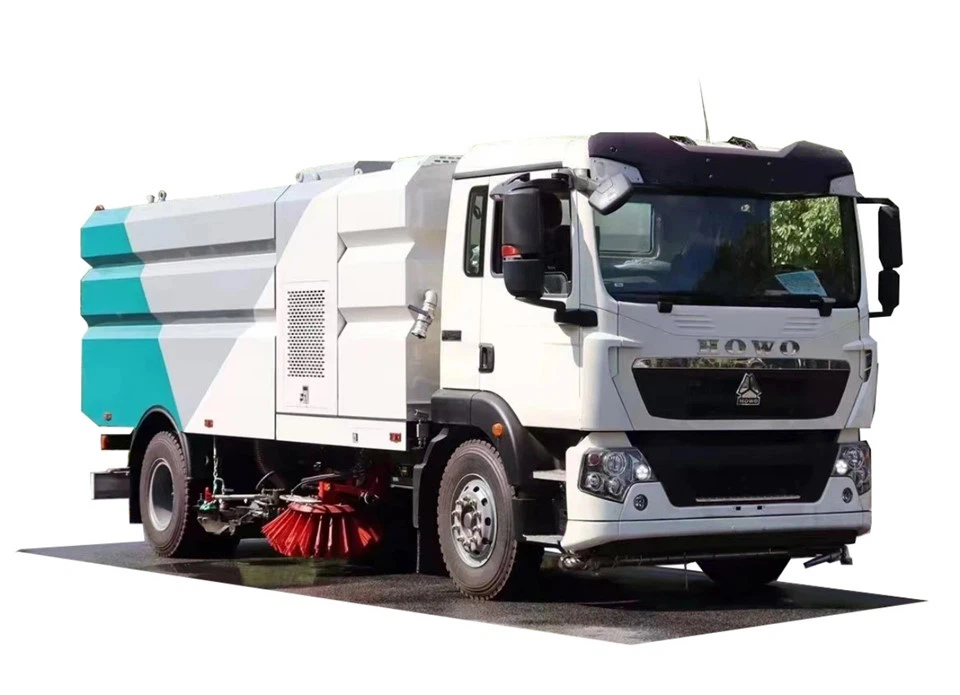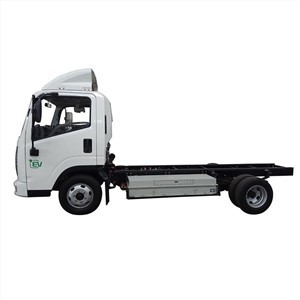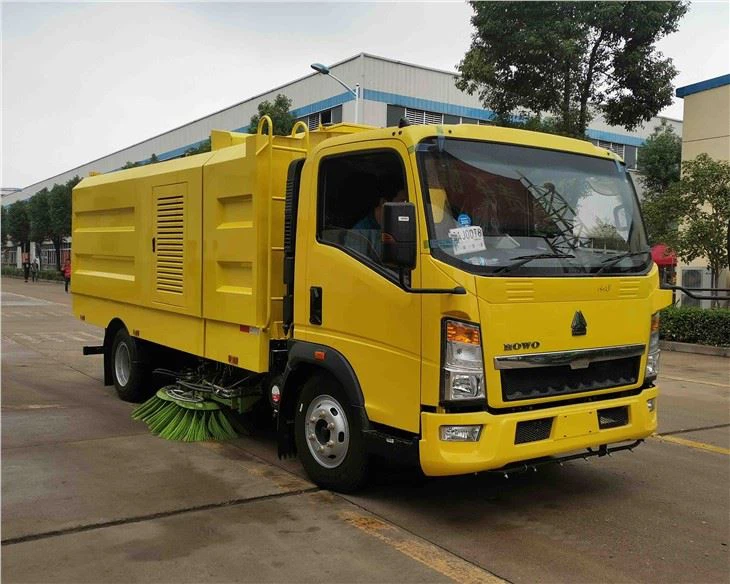In the world of waste management, efficiency is key. One type of vehicle that has garnered significant attention for its effectiveness is the side load trash truck. This article delves deep into what side load trash trucks are, how they operate, their advantages, and the latest innovations in the field.
What is a Side Load Trash Truck?
A side load trash truck is a specialized vehicle designed to collect waste from residential and commercial properties. Unlike traditional rear-load trucks that require the driver to exit the vehicle to pick up the trash, side load trucks are equipped with a mechanical arm that collects waste from the side, allowing for streamlined operations.
Types of Side Load Trash Trucks

1. Automated Side Loaders
Automated side loaders are equipped with hydraulic arms that can autonomously lift and dump trash bins into the truck. This type minimizes labor costs and increases efficiency.
2. Semi-Automated Side Loaders
Semi-automated side loaders require an operator to maneuver the trash bin closer to the truck. This option maintains efficiency while requiring a little more manual effort than fully automated models.
3. Manual Side Load Trucks
These trucks rely on crew members to collect waste manually. While less efficient, they may be more suitable for areas with tight access or when specialized pick-up operations are required.
How Side Load Trash Trucks Work
When a side load truck arrives at a collection point, the operator uses controls to activate the truck’s mechanical arm. The arm extends to grasp the trash bin, lifts it, and empties its contents into the truck’s hopper. After dumping, the arm returns the bin to its original position. This process can take as little as 30 seconds, allowing the truck to maintain a high level of productivity.
Benefits of Using Side Load Trash Trucks
Increased Efficiency
The primary advantage of side load trucks is their operational efficiency. Waste collection times are significantly reduced, enabling more properties to be serviced in less time.
Enhanced Safety
Since drivers remain inside the truck during operation, the risks associated with exiting the vehicle on busy streets are minimized. This feature enhances crew safety.
Environmental Considerations
Side load trucks can be optimized for fuel efficiency and may feature alternative fuel options, reducing carbon footprints compared to older waste collection methods.
Innovations in Side Load Trash Truck Technology
1. GPS and Fleet Management Software
Modern side load trucks are often equipped with GPS systems to optimize routes. Fleet management software allows for real-time tracking, improving efficiency and accountability.
2. Enhanced Sensors and Cameras
Many trucks come with rearview cameras and sensors that assist operators in avoiding hazards and ensuring safe operations, even in tight spaces.
3. Waste Sorting Technology
Innovative side load trucks are now capable of sorting recyclable materials during the loading process, further contributing to environmental sustainability.
Cost Considerations for Side Load Trash Trucks

Investing in side load trash trucks involves various cost factors including initial purchase price, maintenance, and operational costs. Below is a breakdown of these costs:
| Cost Factor | Estimated Cost |
|---|---|
| Initial Purchase Price | $250,000 – $500,000 |
| Annual Maintenance | $10,000 – $25,000 |
| Fuel Costs | $15,000 – $30,000 |
Best Practices for Operating Side Load Trash Trucks
1. Regular Maintenance
Consistent maintenance is crucial to ensure longevity and performance. Schedule regular checks for hydraulics, brakes, and tires.
2. Proper Training for Operators
Operators should receive thorough training on truck operations, safety protocols, and maintenance procedures to maximize efficiency and safety.
3. Route Optimization
Utilize GPS and route planning software to minimize travel times and fuel consumption while maximizing collection efficiency.
Side Load Trash Trucks and Urban Waste Management
The use of side load trash trucks in urban areas presents unique challenges and opportunities. With the increasing density of urban populations, efficient waste collection becomes more critical. Side load trucks can navigate narrow streets while maintaining a steady collection pace.
Practical Examples of Side Load Trash Trucks in Action
Many municipalities have integrated side load trash trucks into their waste management systems. For instance:
City of Chicago
Chicago uses a fleet of automated side load trucks to serve its residential neighborhoods. This initiative has reduced collection times by 25% during peak hours.
San Francisco’s Zero Waste Goals
San Francisco has adopted semi-automated side load trucks that are equipped with recycling sorting capabilities, helping the city meet its ambitious zero waste goals by 2030.
Future Trends in Side Load Trash Trucks
Electrification
As municipalities strive to reduce greenhouse gas emissions, the electrification of side load trucks is gaining traction. Electric trucks provide a quiet, lower-emission alternative to traditional diesel models.
Automation and AI Integration
The integration of AI and advanced robotics is on the horizon. Future side load trucks may autonomously navigate and complete collection routes, further increasing efficiency.

FAQ Section
1. What is the average lifespan of a side load trash truck?
The average lifespan of a side load trash truck is typically between 7 to 12 years, depending on usage and maintenance.
2. Can side load trash trucks operate in all weather conditions?
Yes, most side load trash trucks are designed for year-round operation; however, extreme weather conditions may affect their performance.
3. What types of waste can side load trash trucks collect?
Side load trash trucks are capable of collecting general waste, recyclables, and organic materials, depending on local waste management regulations.
4. How do side load trucks compare to rear load trucks?
Side load trucks offer quicker collection times and enhanced safety for operators compared to rear load trucks, which require manual waste handling.
5. Are side load trash trucks more expensive than other types?
Yes, side load trucks typically have a higher initial purchase price due to their advanced technology; however, their efficiency can lead to lower operational costs over time.
6. Are there special training requirements for operators of side load trucks?
Yes, operators must undergo specific training covering operational, safety, and maintenance procedures for side load trucks.